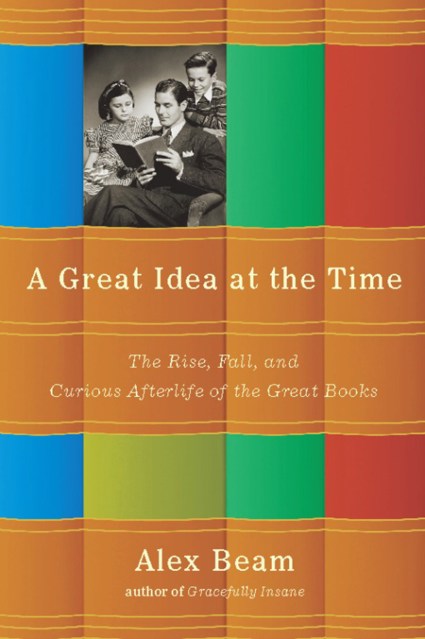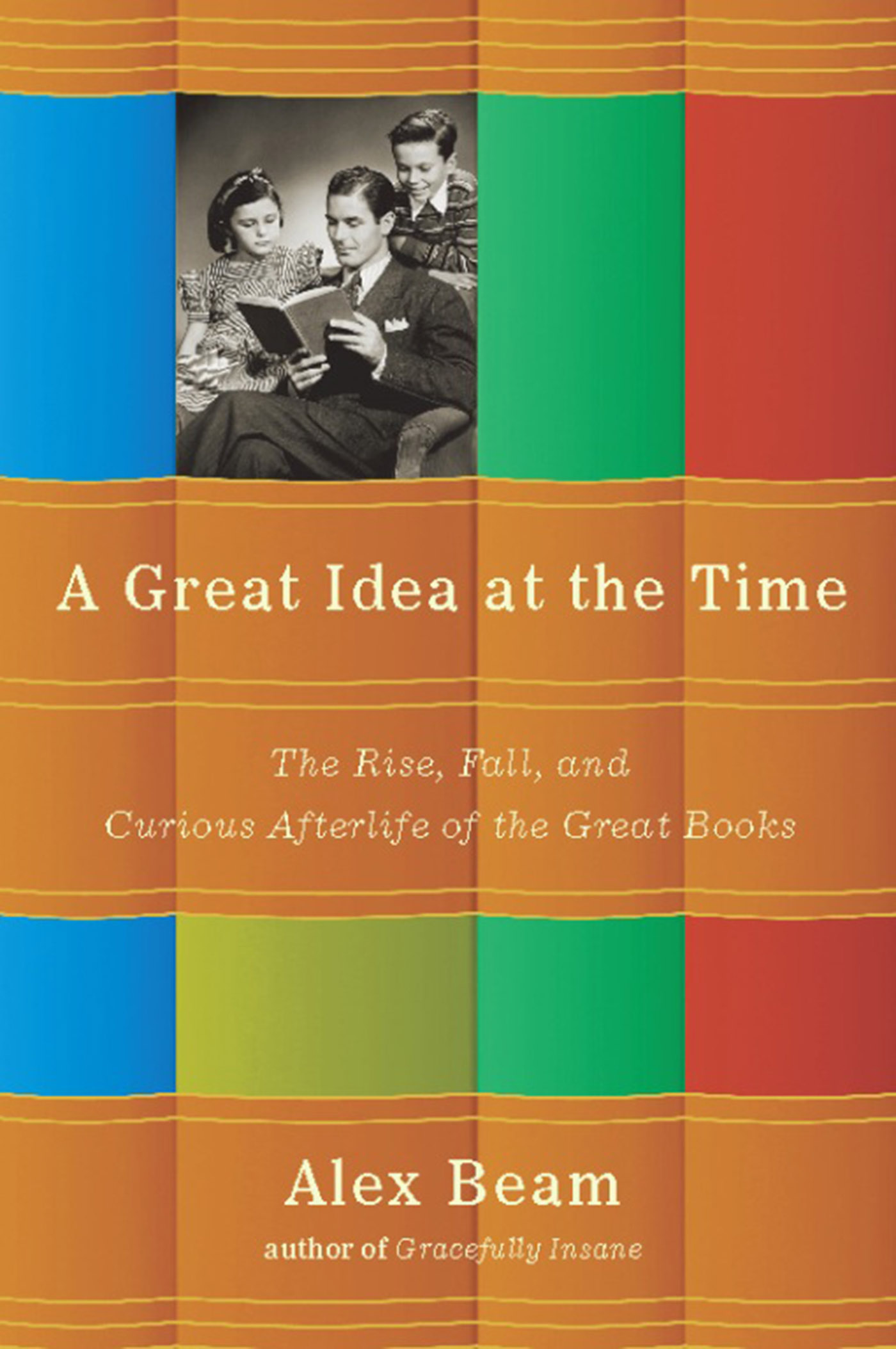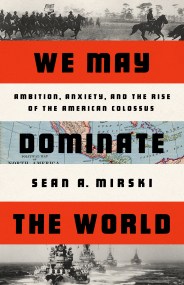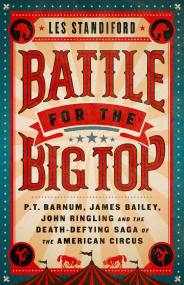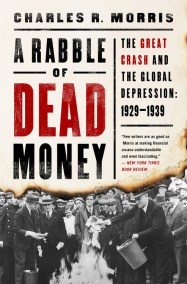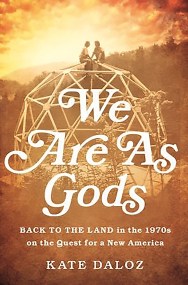Promotion
Use code MOM24 for 20% off site wide + free shipping over $45
A Great Idea at the Time
The Rise, Fall, and Curious Afterlife of the Great Books
Contributors
By Alex Beam
Formats and Prices
Price
$9.99Price
$12.99 CADFormat
Format:
ebook $9.99 $12.99 CADThis item is a preorder. Your payment method will be charged immediately, and the product is expected to ship on or around November 4, 2008. This date is subject to change due to shipping delays beyond our control.
Also available from:
In A Great Idea at the Time Alex Beam explores the Great Books mania, in an entertaining and strangely poignant portrait of American popular culture on the threshold of the television age. Populated with memorable characters, A Great Idea at the Time will leave readers asking themselves: Have I read Lucretius’s De Rerum Natura lately? If not, why not?
Genre:
- On Sale
- Nov 4, 2008
- Page Count
- 360 pages
- Publisher
- PublicAffairs
- ISBN-13
- 9780786726981
Newsletter Signup
By clicking ‘Sign Up,’ I acknowledge that I have read and agree to Hachette Book Group’s Privacy Policy and Terms of Use
